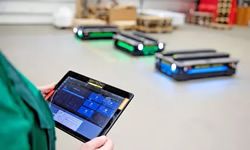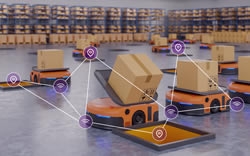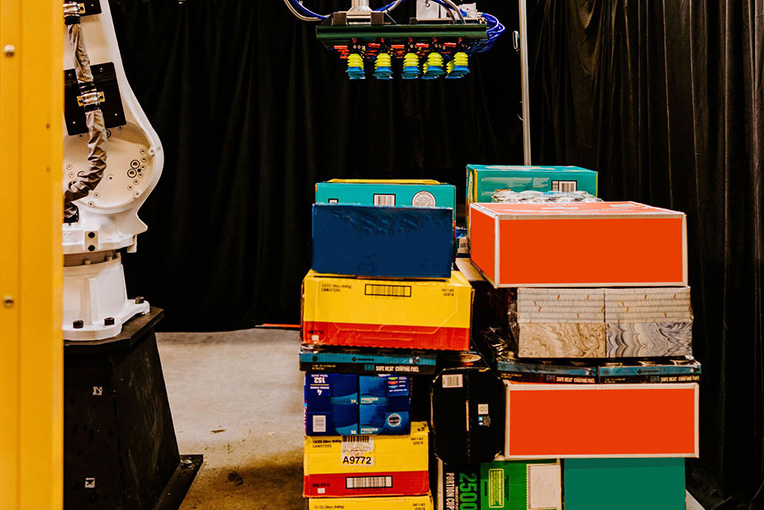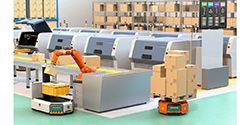New MiR Fleet Enterprise Software Raises the Bar in Scalability and Cybersecurity for Autonomous Mobile Robots
This latest release enhances its ability to deliver a full solution for advanced AMR hardware, sophisticated capabilities such as traffic management, and streamlined deployment processes, addressing the complex needs of enterprise-level customers seeking end-to-end solutions
Transforming Fleet Management for Mobile Robots with RTLS
By automatically tracking and monitoring objects and interactions in real-time, RTLS offers unparalleled insights and efficiencies that significantly impact the bottom line. Particularly noteworthy is how RTLS enhances the management and navigation of mobile robots.
Managing Robots with Plus One Robotics
As e-commerce grows, customer demand requires logistics centers to handle daily shipments that change constantly. As a result, a pallet will get stacked with a variety of items, resulting in a mixed pallet.
Increasing Warehouse Efficiency with Robotics
Through the combination of technology and our expertise in designing automated high-density storage and retrieval, we're able to achieve high levels of throughput that only automation working alongside people can bring.
Next-Generation Mobile Robots Fleet Management
By collating all the robots onto one platform, we can enable the robots to operate collectively rather than individually. If all the robots are on one platform and under one traffic control, they will be able to share their location and become very efficient.
Records 1 to 5 of 5
Featured Product

Harmonic Drive - Coming Soon! Integrated Actuators with EtherCAT
The IDT Series is a family of compact actuators with an integrated servo drive with
CANopen® and, coming soon, EtherCAT. With high torque, exceptional
accuracy and repeatability, these actuators eliminate the need for an external drive and
greatly simplify cabling.
Robotics and Automation - Featured Company

Elmo Motion Control Inc.
Elmo has been a motion control technology leader for over 35 years, with millions of servo drives working 24/7 worldwide. Elmo offers complete motion control solutions from design to delivery of cutting-edge servo drives, network-based multi-axis motion controllers, and integrated servo motors. All solutions can be customized and configured using Elmo's proprietary advanced and easy-to-use software tools for any machine in any industry, such as semiconductors, lasers, robots, life sciences, industrial automation, AGV, and more. The company employs more than 350 personnel with headquarters in Israel and offices in the United States, China, Germany, Italy, Korea, Singapore, and an additional manufacturing facility in Poland. Elmo has a worldwide distribution network. By advancing motion control with state-of-the-art technology, Elmo makes smart machines even smarter. As of 2022, Elmo is a Bosch Rexroth company.





